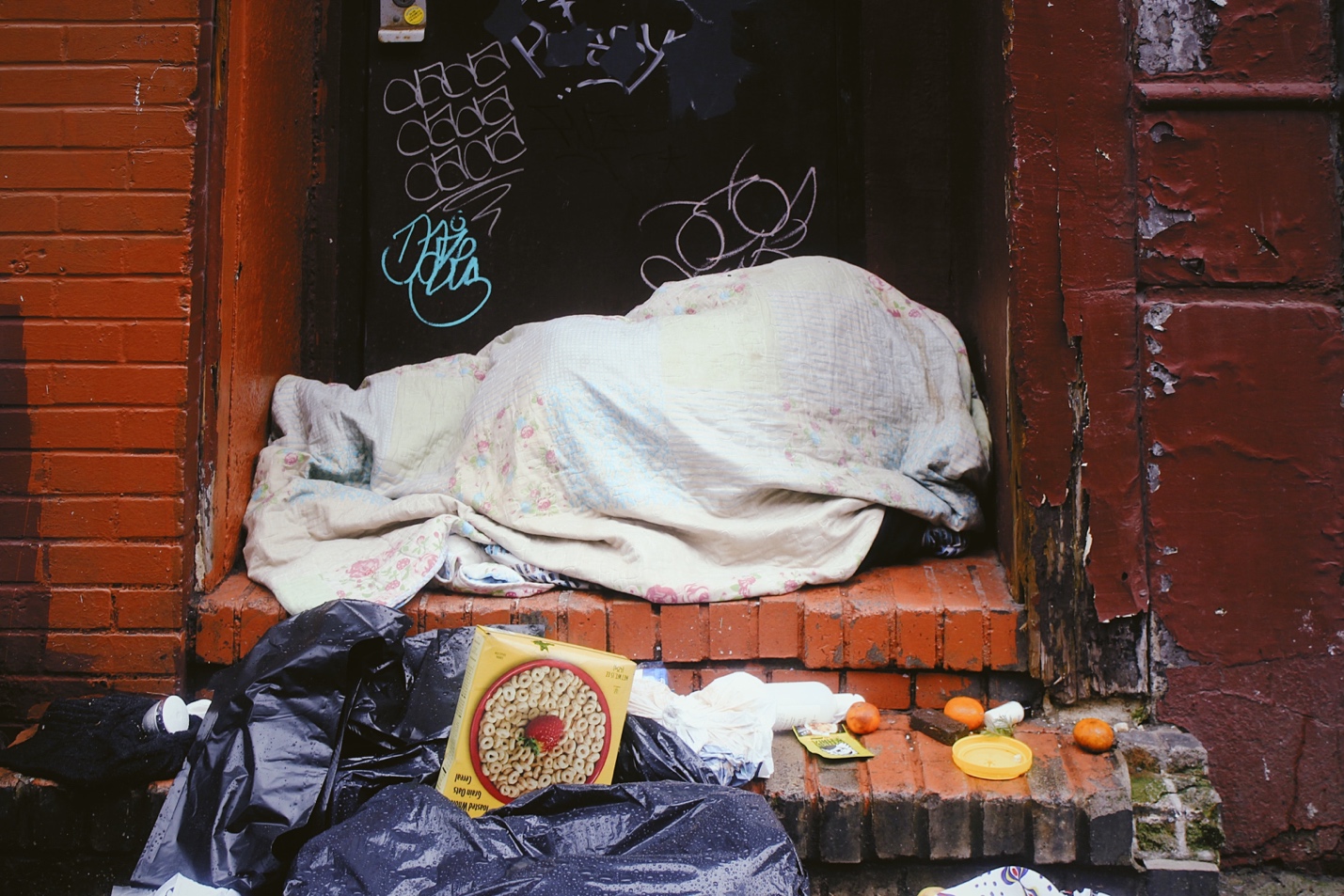Eviction moratoriums during the pandemic have reduced the number of homeless New Yorkers by about 25%, but single-adult homelessness remains near an all-time high, and congregate shelter conditions are still often degrading.
Those were some key take-aways from a Dec. 6 meeting of the City Council’s Committee on General Welfare.
Department of Social Services representatives heard a litany of complaints from homeless individuals, community organizers and City Council members at the session.
“Why are the streets flooded with people who say they’d rather sleep in the dead of winter in the freezing cold than enter one of those congregate death traps you call a shelter?” asked Shams “Da Homeless Hero” DaBaron, a community organizer.
Before COVID-19 eviction moratoriums began, homelessness was at an all-time high in New York City, with over 60,000 people sleeping in city-run shelters in early 2020. That number has fallen to around 46,000 today, but the number of single-adult homeless is still near an all-time high.
Starlite Harris, who has a disability and has stayed in six shelters since 2016, said that shelters are unsafe and that staff treat her inhumanely.
“The way they talk to you, it’s like you have no rights. You feel as though you’re in a prison,” she said.
Dinick Martinez, a homeless woman, said that the Department of Homeless Services often places clients in shelters far away from where they have friends or family.
Many participants criticized the city’s ongoing use of congregate shelters, which house people in dormitory-style rooms.
During the pandemic, the city moved many homeless people out of congregate shelters and into hotels, such as The Lucerne in the Upper West Side, but these faced constant pushback from neighbors. The department closed many over the summer, returning clients to congregate shelters.
“We have to have a diversity of options in our system, but there is a real place for congregate shelters,” said Molly Park, first deputy commissioner at the department. She noted that about 5,000 people still remain in hotels.
Park contended that a downside of private rooms, as opposed to dormitory rooms, is that they lead to more overdose deaths.
That idea was quickly countered by Sarah Wilson, from the Safety Net Project at the Urban Justice Center.
“As a person who is in recovery from active addiction, I wholeheartedly know that keeping me in a room with other active users and people who are selling substances does not prevent me from using,” she said. “It actually forces me to be more distressed than I need to be.”
Representatives from Human.NYC, an outreach and advocacy group, complained about ongoing police street sweeps against the unsheltered homeless, during which homeless people often lose what few possessions they have, as well as important medications.
Committee Chair Stephen Levin of Brooklyn said he was alarmed by the fact that the average length of stay for people in the DHS system increased from 305 days in 2013 to 476 days in 2021. He called for greater efforts to find permanent housing for homeless people so they are not stuck in the shelter system.
The city began to fund rent vouchers for homeless people in 2014, but the amount was often below market rates. The Council passed a new law, Intro-146, to increase voucher amounts in May 2021, and the law was implemented in July.
City officials often cite Albany’s decades-long disinvestment in homeless services in the city. They note that Gov. Kathy Hochul has delayed signing legislation that would increase funding for state-funded rental vouchers for the homeless. That measure, approved by state lawmakers in June, will expire if unsigned by the end of December.
“The state must return to paying its fair share for life-saving services for single adults experiencing homelessness,” said Park.
Several attendees mentioned homelessness’s connections to racism, noting that 86% of homeless single adults in the shelter system are Black or Latinx.

